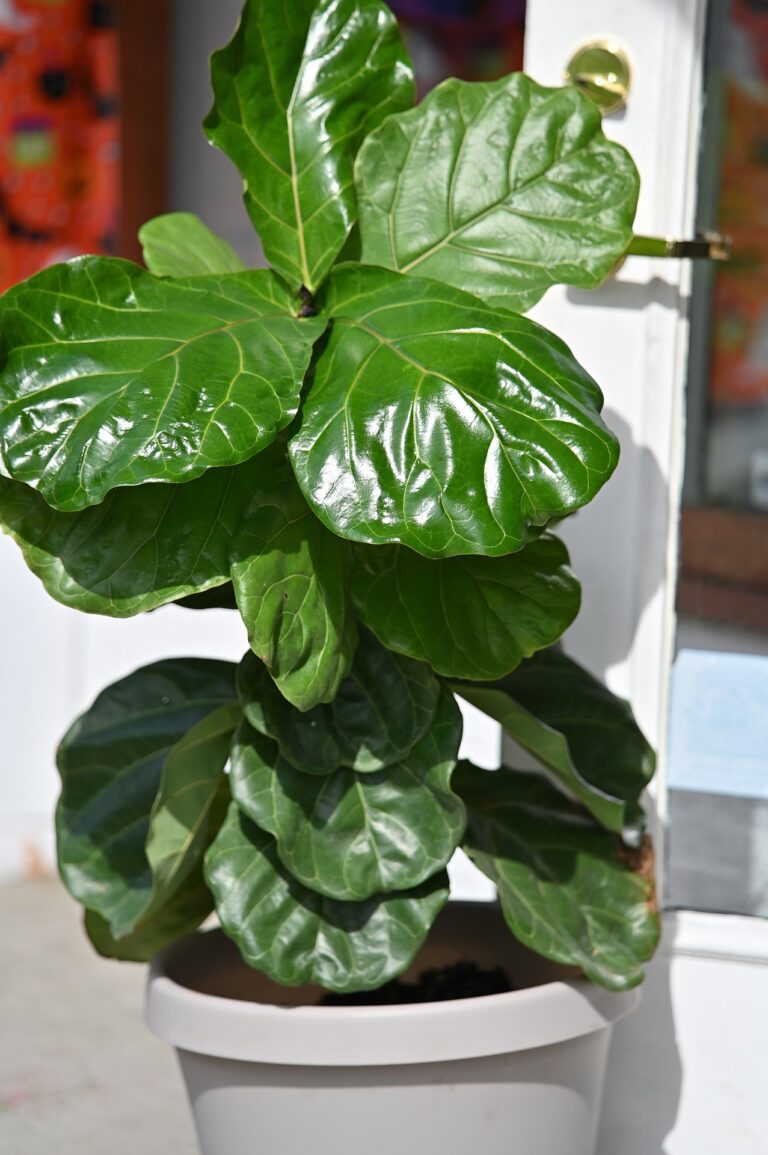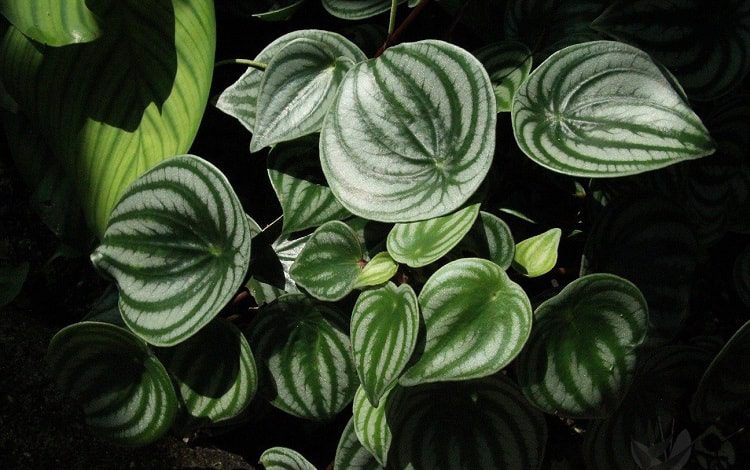Learn How to Care for the Mother in Laws Tongue (Snake Plant)
Mother in Laws Tongue is commonly known as Snake plant, while its full scientific name is Sansevieria trifasciata laurentii. It is a succulent from West Africa and a popular choice for indoor gardens and interior design.

The upright leaves of Mother in Laws Tongue are named for their sharp point. Some people also their pattern resembles the scales of a snake. Mother in Laws Tongue is easy to grow doesn’t require much water. Place it in an area with plenty of bright light and mild temperatures to help this plant flourish.
Table of Contents
Some Background on Mother in Laws Tongue
Mother in Laws Tongue, also called Snake plant or its scientific name Sansevieria, is a succulent. The name “Mother in Laws Tongue” comes from the plant’s sharp points at the end of each leaf.
It’s a part of the Asparagaceae plant family and is native to West Africa.
The trifasciata in its name means “three bundles,” referring to the design of its leaves. The leaf markings are split into three distinct sections.
The edges of the leaves are framed with light yellow or white stripes, while the center has two shades of green. The darker green form a zig-zag pattern across the leaf, which some people believe resembles snake skin.
Mother in Laws Tongue has upright leaves which make it a good fit for indoor growth. This plant can fit into almost any space, making it popular for interior design too. Some gardeners use it as a background for smaller flowering or fern-like plants.
Snake plants can even act as a natural wall or fence due to their height, but they grow slowly. If you want a large plant, it’s best to purchase a large one from the beginning.
The plant’s standard height is one to two feet, but some have been known to reach three feet at full maturity.
You can trim the tops of your plants to keep them at your desired height. Cutting off the top of a leaf will prevent it from ever growing taller, so choose wisely before you decide to cut.
Flowers on a Mother in Law’s Tongue
Mother in Laws Tongue is a flowering plant, but the flowers are rare.
The plant produces white or cream-colored blooms in the summer. You’ll first notice a long flowering stem growing in the center of the plant, which later becomes lined with flowers.
Moths are the primary pollinators of Mother in Laws Tongue, so the plant will produce a smell to attract them at evening and night. Your plant may also produce resin, which can fall off the plant and present itself in droppings around the pot.
To produce flowers the plant needs to be in mild stress. Your Snake plant must have no additional space to grow or expand with offshoots. Cutting the tops of the leaves so they cannot grow any further also help encourage flowering.
In a last attempt effort to propagate, the plant produces flowers.
Planting Mother In Laws Tongue
Mother in Laws Tongue needs to be in a pot to flourish. The most common choice is a tall narrow container to match the plant’s aesthetics.
Soil
A standard potting mix with good drainage is enough for Mother-in-Law’s Tongue. Since the plant is a succulent and doesn’t require much water, a cactus potting mix will also work well.
Repotting
If you need to repot your mother in laws tongue plant, late winter or early spring is the recommended time, though any time of year would likely work out fine for this indoor plant.
Snake plants are top heavy, so it’s best to use a container with some width, rather than one that’s only deep.
When removing your plant from its pot, you should be able to feel the root ball close to the surface. Keep a firm hand on the base of the plant and carefully shake it loose from the pot. Sometimes it may be necessary to cut away the pot.
When you repot a snake plant, make sure the root ball is only 1 to 2 inches below the rim of the pot.
Propagation
There are two easy ways to propagate a Mother in Laws Tongue. You can remove rhizome offsets from the base of the plant or use leaf cuttings.
Keep leaf cuttings at least 2 inches (5 cm) long and use a mature leaf.
Let your cuttings or offsets dry, making sure the areas where you made a cut or where offshoots were separated is no longer damp before planting.
Our friends at The Weekend Gardner recommend dipping the edge of leaf cuttings in honey before planting. View their full tutorial on propagating Snake Plant leaf clippings below:
Plant your offshoots or cuttings upright in a potting mix that has good drainage. Stick leaf cuttings about one inch deep into the soil.
Make sure to keep these cuttings upright, or in the same direction the original plant grew, not upside down.
However, using leaf cutting to propagate Mother in Law’s Tongue causes the new plants to lose their yellow colored edges. They’ll look more like another member of the Sansevieria family: Sansevieria trifasciata, which is also called a Snake plant or Viper’s Bowstring Hemp.
Caring for a Mother in Laws Tongue Plant
Mother in Laws Tongue is a relatively low maintenance plant that tends to favor bright light and warm temperatures. As a succulent, you should be careful not to overwater it.
Light
Plenty of bright, indirect light is ideal. Mother-in-Law’s Tongue can grow with less light, but you should avoid placing it in deep shade.
Temperature
Snake plants are tough, but can’t withstand much cold. Aim to maintain an average temperature between 65°F (18°C) and 80°F (27°C). In the winter months, keep the temperature above 41°F (5°C) to avoid harming the plant.
Water
As with all succulents, water in moderation from spring to fall. Let the top inch of the soil dry out before watering again.
Mother in Laws Tongue requires significantly less water in winter. Unfortunately, people are most likely to overwater in winter, which increases the risk of rot. Allow the soil to become drier than you would during other times of the year.
Humidity
Humidity isn’t especially important for Mother in Laws Tongue Tongue. Average room humidity is sufficient, but the plants tend to prefer dry air.
Fertilizer
If you use fertilizer, only feed your plants from spring to fall, or just in the summer months. Fertilize about once a month with a diluted, all-purpose fertilizer or cactus fertilizer.
Another way to fertilize your Mother in Laws Tongue is with plant-feeding tablets. See how this works from a video by Deco Bliss:



